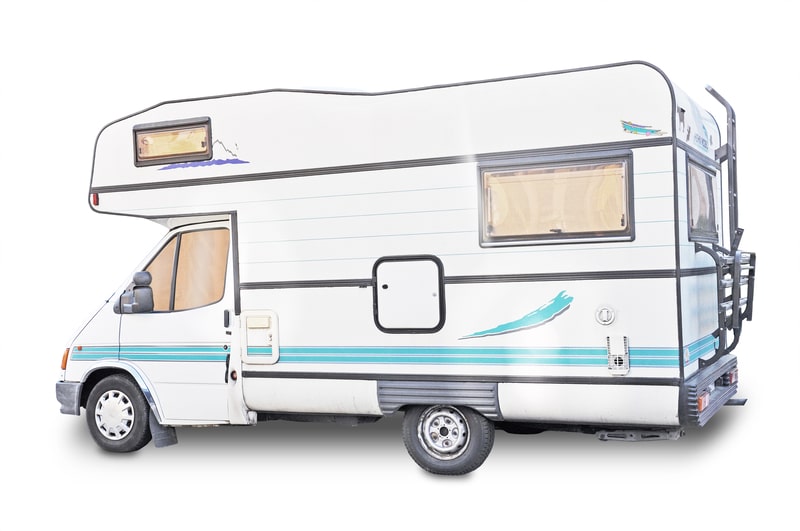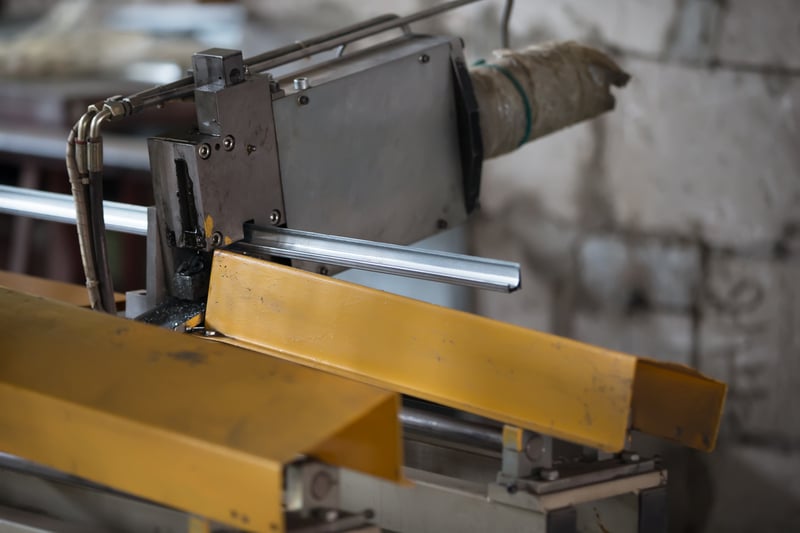
Trim is the unsung hero of every RV. It provides a host of benefits that go underappreciated throughout the RV community. However, they are the backbone of any high-functioning RV and require careful thought and installation for them to function optimally.
Therefore, understanding the particular techniques to take on corner trim projects efficiently. Read the article below to equip you with the necessary knowledge to easily install metal and plastic/vinyl trim.
What is RV Trim?
Trim is the cornerstone of RV construction. It is the key to creating a neat, sturdy, and weatherproof RV. Although it is a straightforward component, it is the reason RVs are able to function. RV’s interior and exterior are typically designed using prefabricated panels.
Everything from the kitchen units to the structural bodywork of the RV is reliant on these panels interlocking. Although they produce a robust structure, their corners tend to leave exposed elements of the internal material, which is typically more fragile. Moreover, the corners may be tight because they lack an air and water-tight seal.
This is where trim becomes an invaluable resource. Trim is typically angled at around 90 degrees and is manufactured using plastic or metal. They are designed to first over corners to provide a robust protective barrier against water and other contaminants while providing an added degree of structural rigidity.
Finally, trim offers a more aesthetically pleasing finish to the interior and exterior of the RV. The clean, precise corner pieces provide a remarkably pleasing look that looks clean and or high quality. Not only are they secure, but they provide an additional protective barrier from bashes and scrape experienced during day-to-day use.
Most RVs will utilize a combination of plastic and metal corner trim pieces for particular areas of the vehicle. Therefore, understanding their manipulation techniques is key for any RV owner.
How to Bend RV Corner Trim?
Most RVs will incorporate more complex and tight angles than a traditional home. These compact living spaces have tight spaces which require a robust and aesthetic finish which can be challenging to achieve. Hence why manipulating trim corner pieces is vital to ensure they perform the job they are required to do.
Typically trim comes in the form of aluminum and plastic/vinyl, which both require slightly different approaches. Remember that the fitting process becomes easier and more efficient over time. They are challenging manipulation techniques to master.
Therefore, if it is your first attempt, anticipate a few broken and poorly formed pieces, to begin with. But don’t worry. These skills develop over time.
Aluminum
Metal trim variants are generally more robust. However, they are significantly more challenging to manipulate over unusual cornering angles. In addition, if a thin, long piece of aluminum trim is bent, it will wrinkle and compromise the straight clean edges.
The most effective bending method requires a concerted diligent process of gently manipulating the trim piece into the appropriate angle. Force is often applied using a soft rubber or plastic mallet to delicately bash the trim into the appropriate angle.
It will take some time, patience, and accuracy to ensure the material is not pounded too thinly to produce crinkles and cracks, which will compromise its integrity. Once bent close to the appropriate position, it is critical to adequately fix the metal trim piece.
Metal trim maintains a more rigid quality and can break free from rudimentary sealants or glues that are often used. The best method is to utilize a powerful industrial sealant combined with screws or rivets. This will provide the most secure fixture, which will last for the most extended period of time.
Plastic/Vinyl Trim
Although plastic and vinyl are softer and more malleable materials, it can be difficult to shape them correctly into the correct angle. However, there are some tried and tested methods to manipulate the trim accurately every time. These styles of trim do not react well to force.
However, they are far more responsive to heat and gentle manipulation. To bend the trip pieces, it is necessary to utilize a powerful controlled heat source like a thermal heat gun. Applying high temperatures for a short period of time can soften the trip and make it substantially more easily bent.
Once hot, the trim can be easily reshaped and bent as required. Although the hot trim is easy to maneuver, there are some critical points to avoid. If it is overheated, it will simply melt, which can easily burn skin, and it will release toxic fumes.
Moreover, if the trim is overstretched during the process, it will lose all of its integrity and become a useless piece of plastic. Moreover, joining plastic trim is far easier than metal.
It weighs substantially less, which means that glues and sealants can easily secure the trip with minimal effort. Although it is less physically robust, it is often preferred by RV manufacturers for cost and weight saving while being easier to fit.
Conclusion
Understanding the properties of a trip is crucial to fit it securely and accurately. Without appropriate technique, the trim will lose its essential weather-tight and robust qualities, rendering it useless.
Both metal and plastic corner trim pieces are used throughout most RVs, as they both have particular applications they are best suited to. Therefore, understanding the techniques above will provide even a novice RV enthusiast with the knowledge to bend their trim corner pieces successfully.





